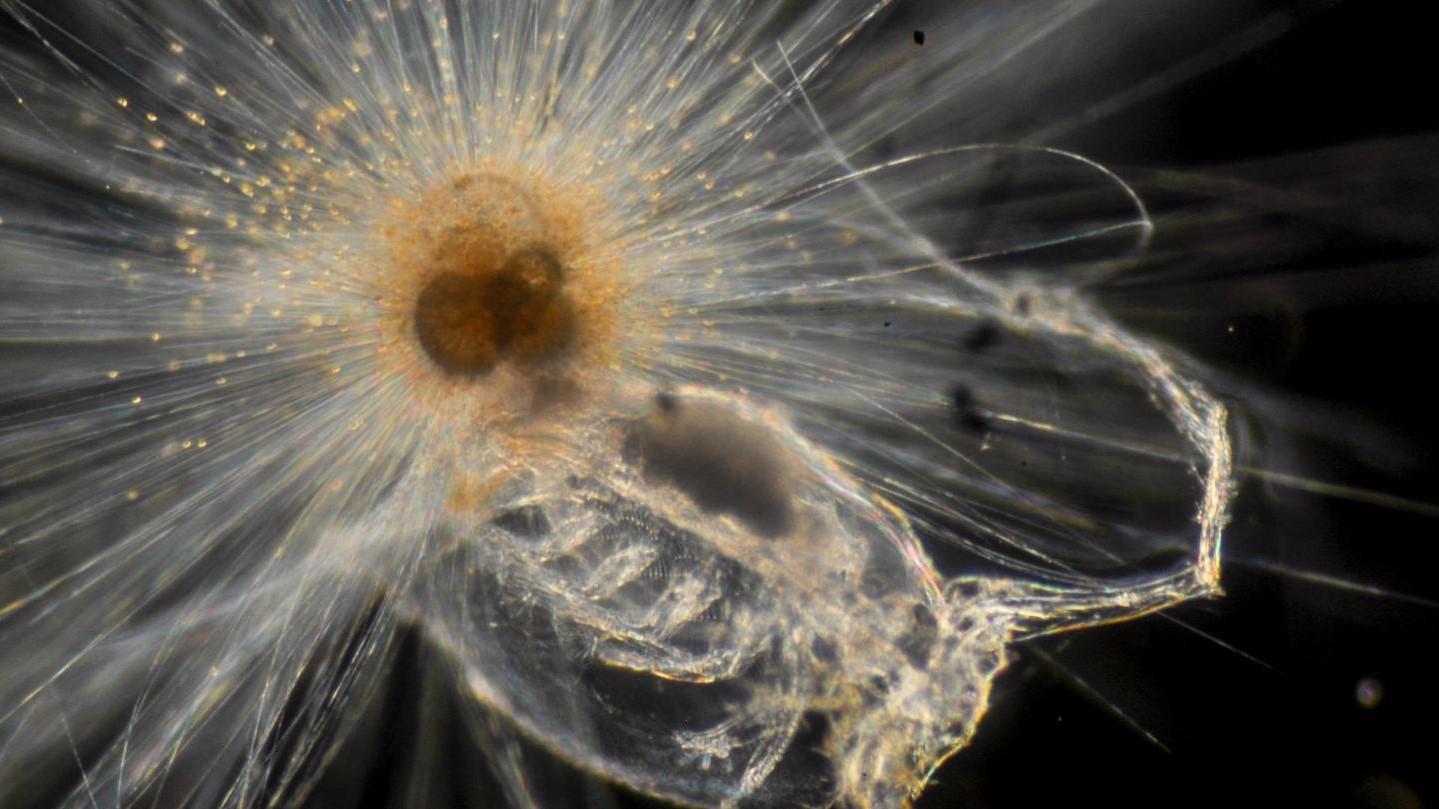
Submitted by Dr C.M. Martin-Jones on Tue, 29/08/2023 - 14:37
Oscar Branson and his research group are on Green Island, Taiwan, for the next month, studying how a type of plankton called forams make their shells.
The team, including PhD students Madi East, Winnie Fang and Alice Ball, will be diving off the coast of Green Island to collect forams by hand each day. Back in their make-shift lab, they will then monitor the growth of the forams throughout their week-long lifecycle.
The researchers are interested in how these microscopic shells grow for two reasons. One is that the shell-forming process plays an important role in the global carbon cycle. That’s because as the forams grow their shell they remove carbonate from seawater, and when they die their shell sinks to the seafloor where it is buried in ocean-floor sediments.
Buried foram shells in ocean sediments also provide an archive of past ocean conditions. Foram shells contain impurities and imperfections which change depending on the environment that the foram was living in. This means that scientists can dig up forams from ancient marine sediments, and use the properties of these chemical impurities in foram shells to work out what the environment was like when the foram was alive. The chemistry of foram shells provides a ‘proxy’ archive of past ocean conditions and climate, which has provided a wealth of information about how the Earth’s climate works, and how it has changed in the past.
According to Branson: “The work we’re doing to understand how forams make their shells is important for predicting the future of the marine carbon cycle, and vital to interpret the archives of past climate.”
Keep up to date with their progress here.
Feature image: A foraminifera (upper left) eating a copepod (lower right). Credit: Howard J. Spero.
